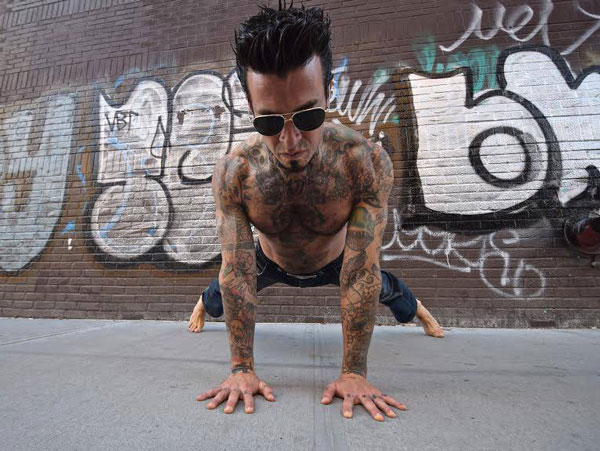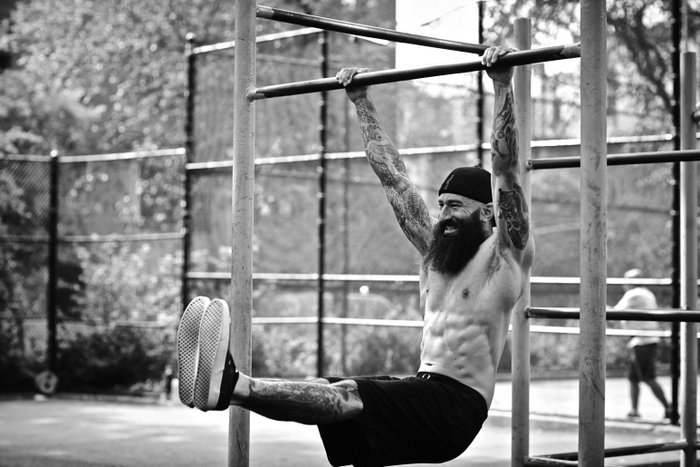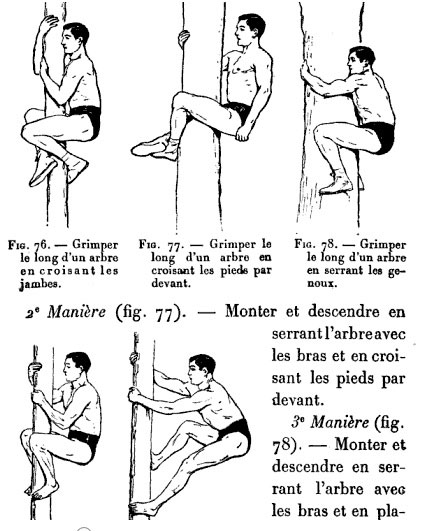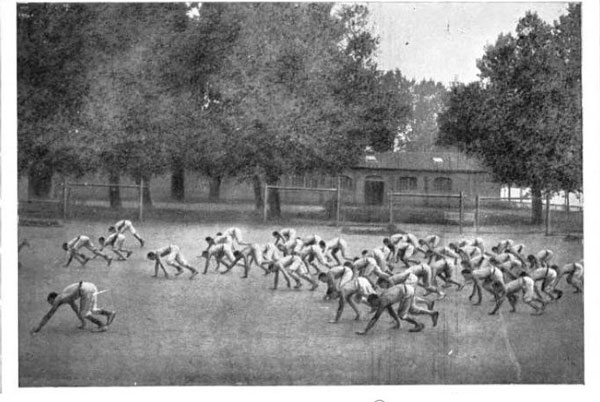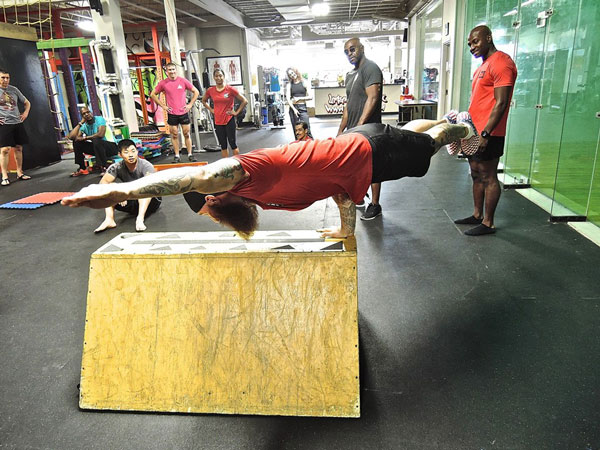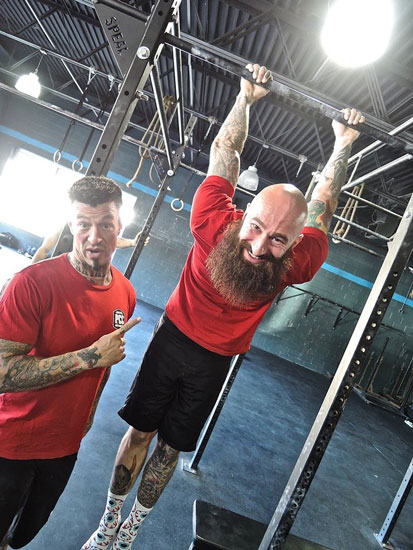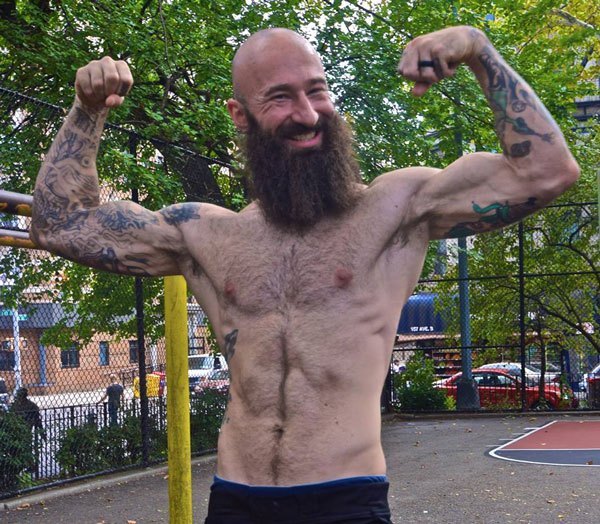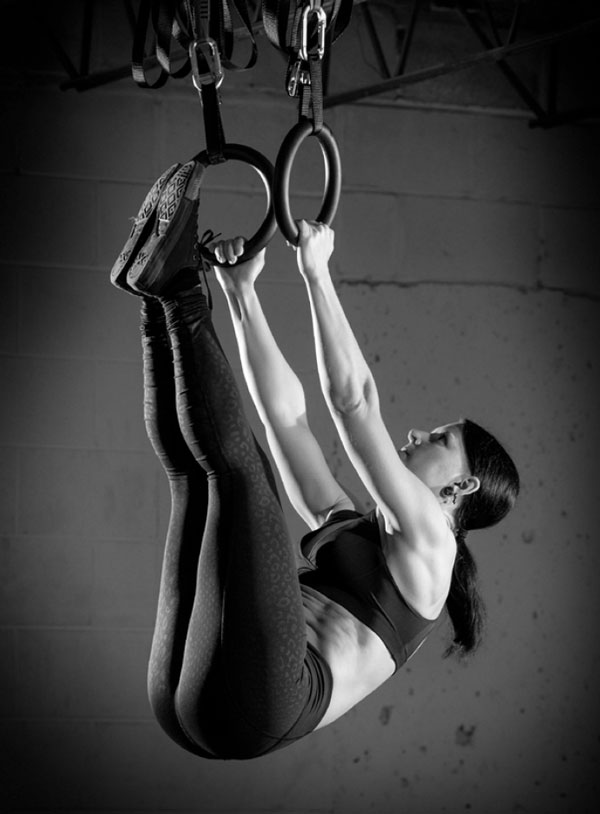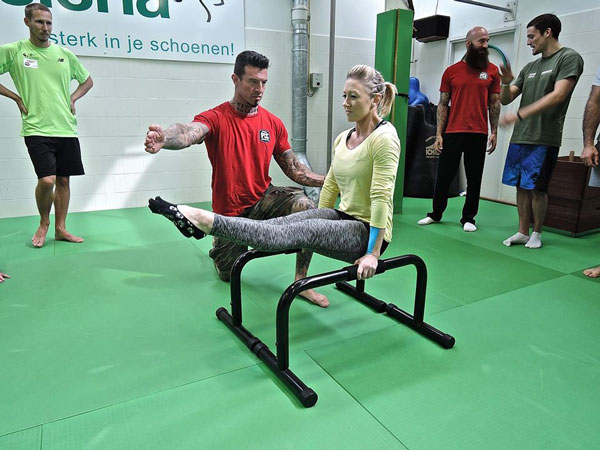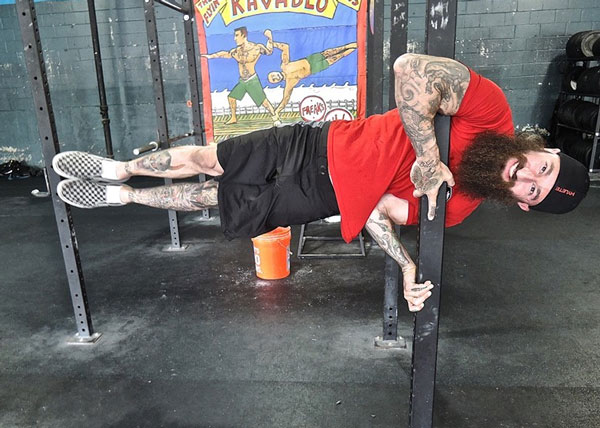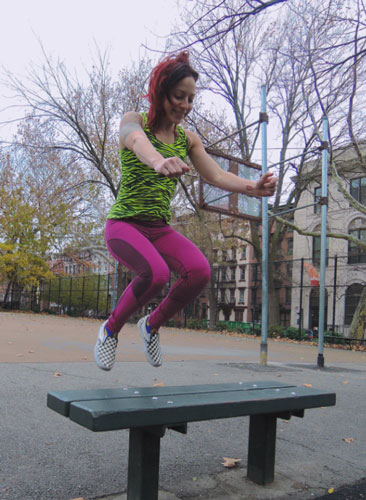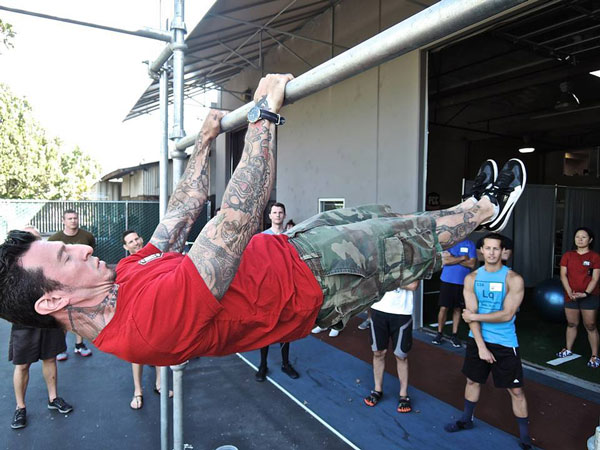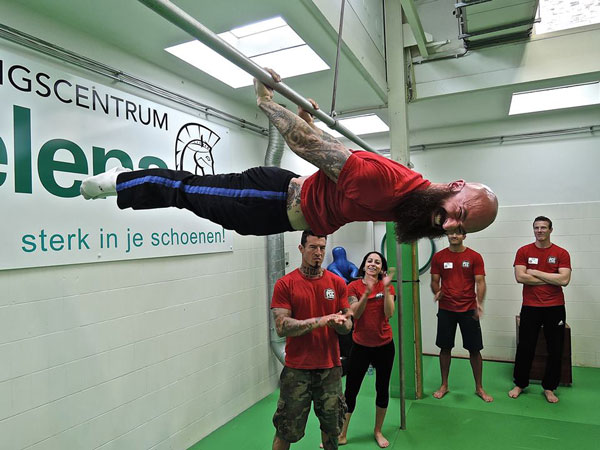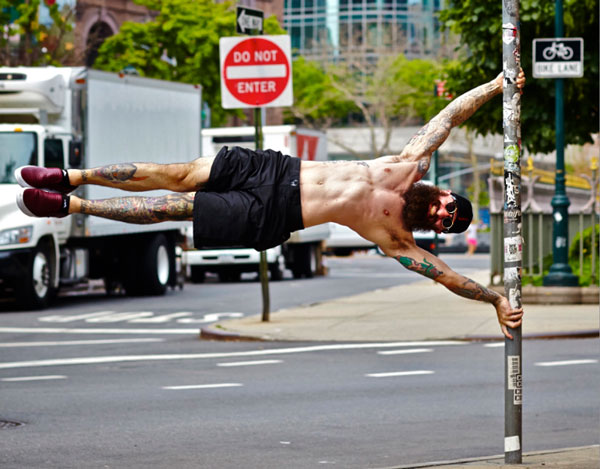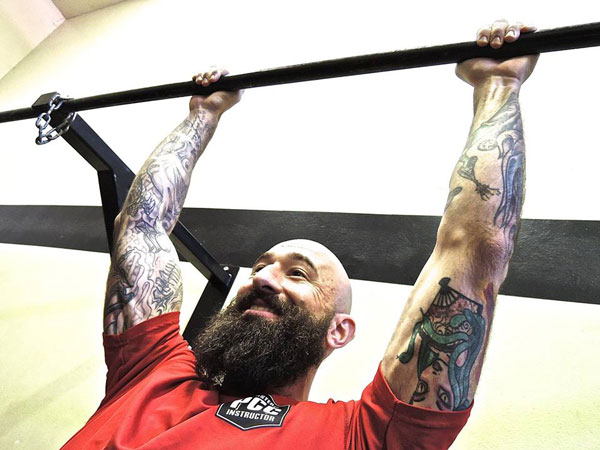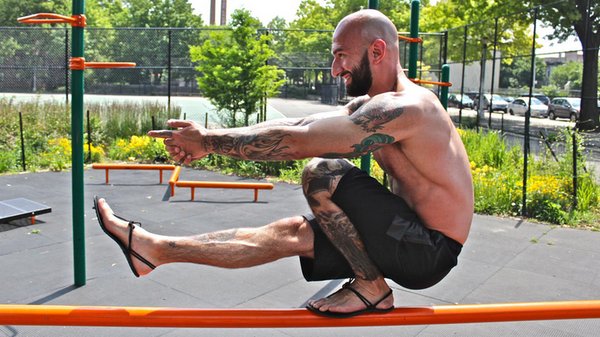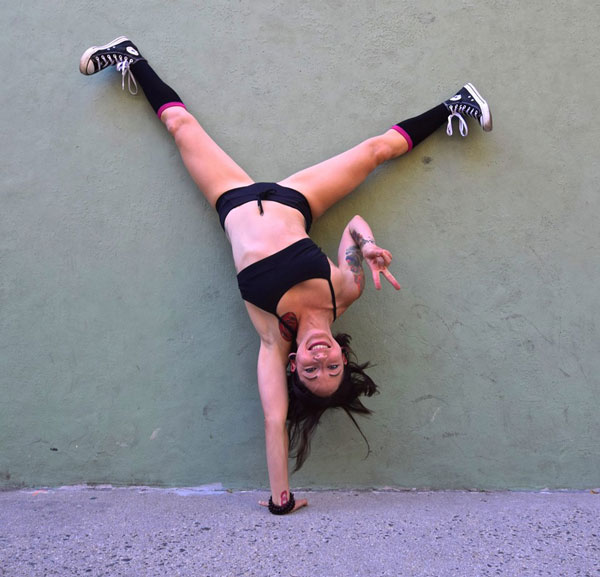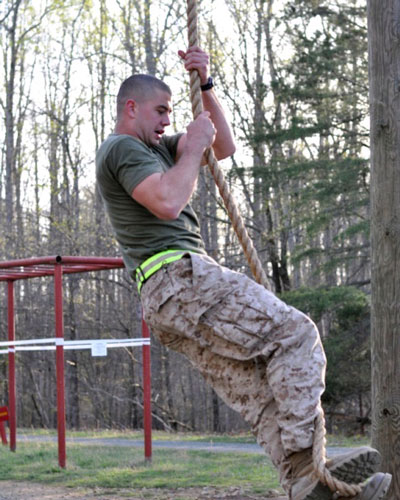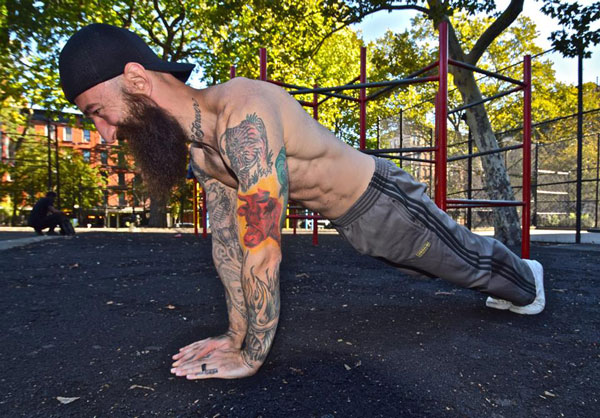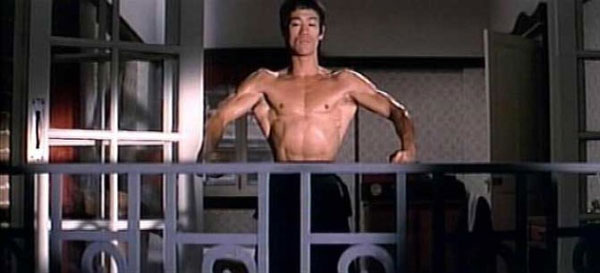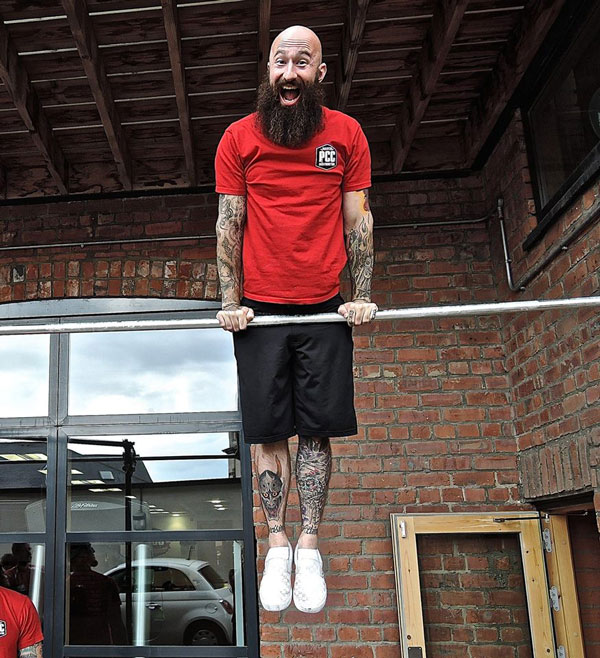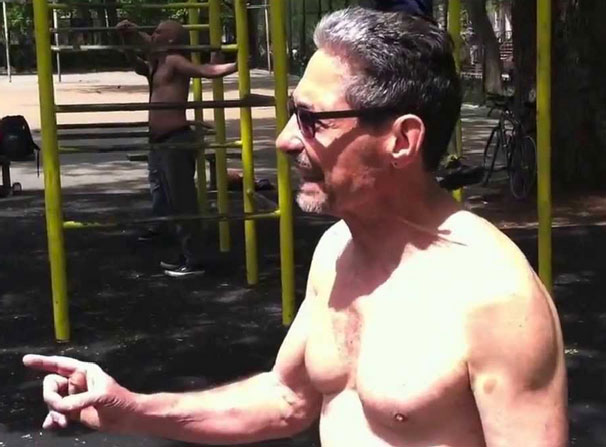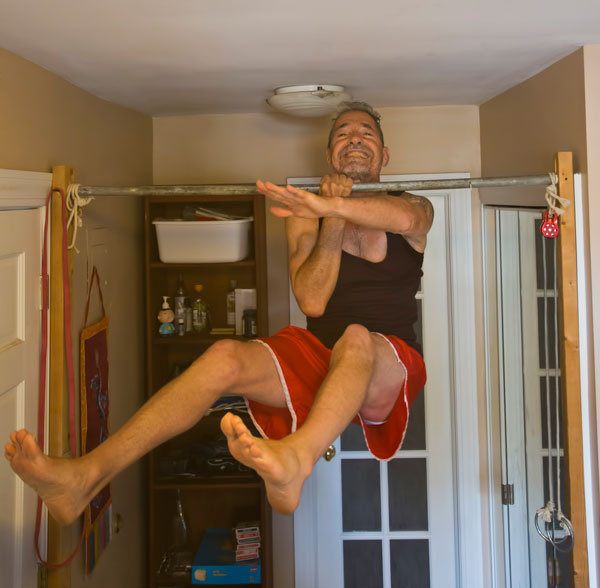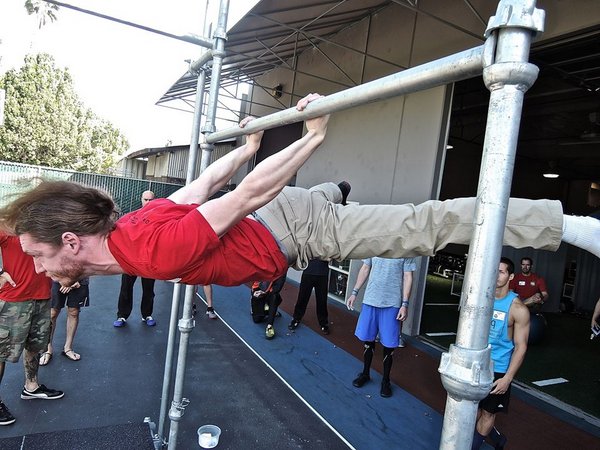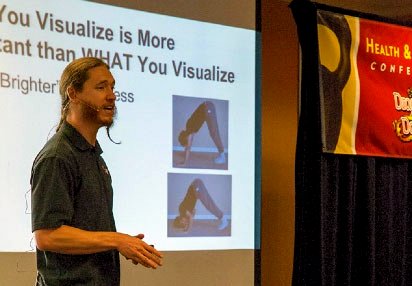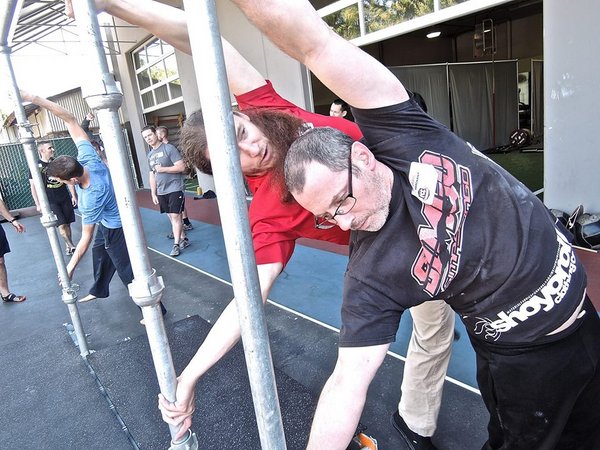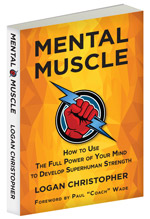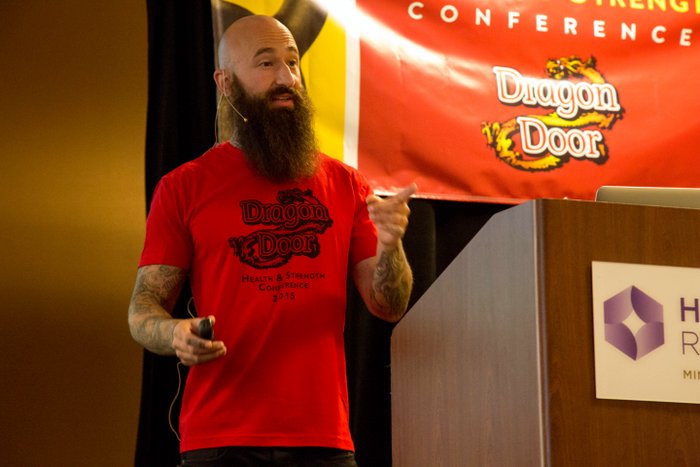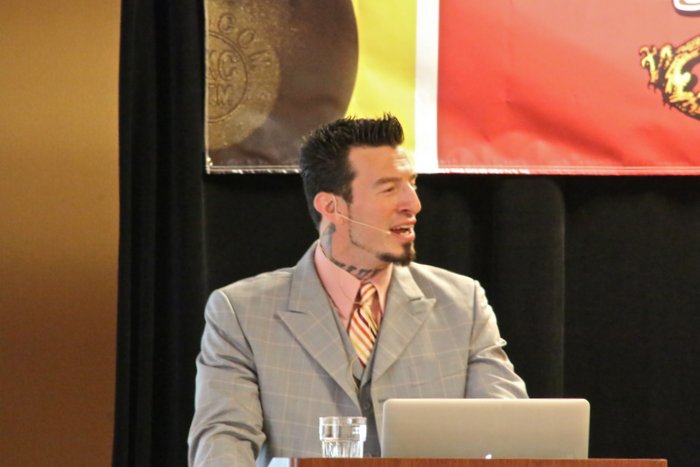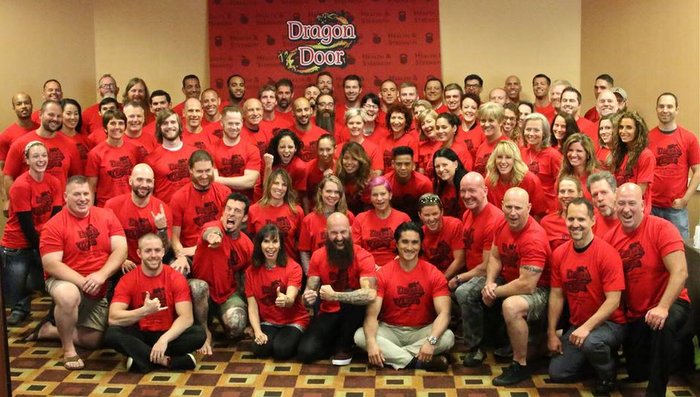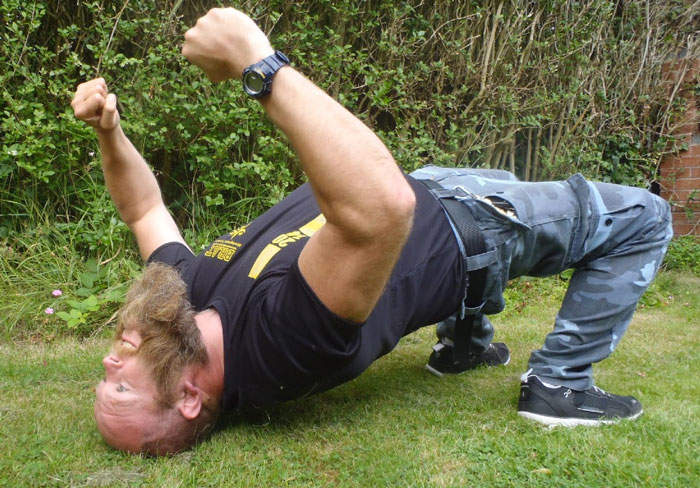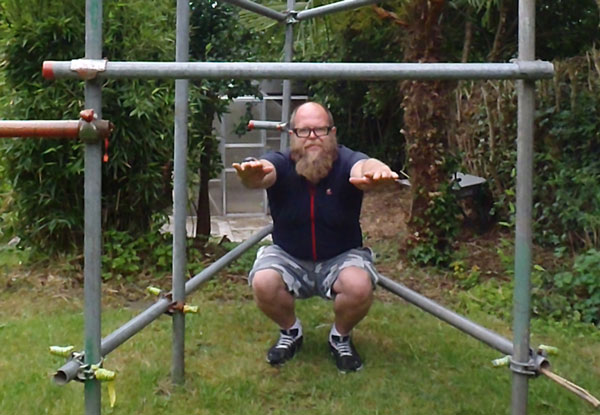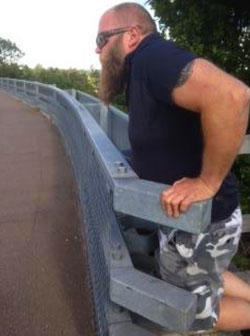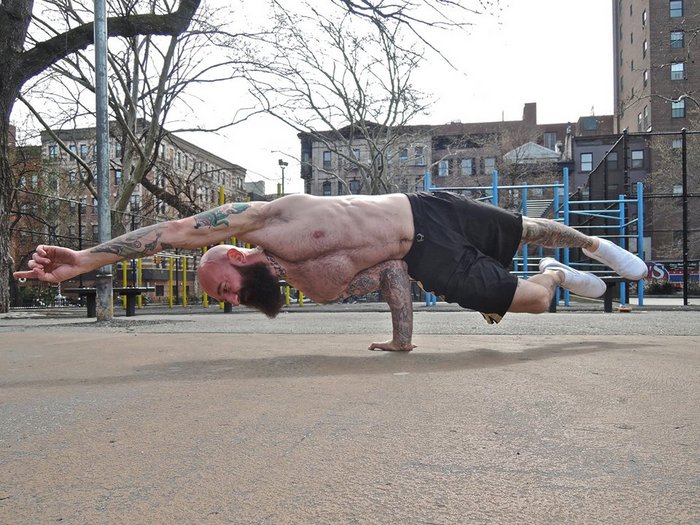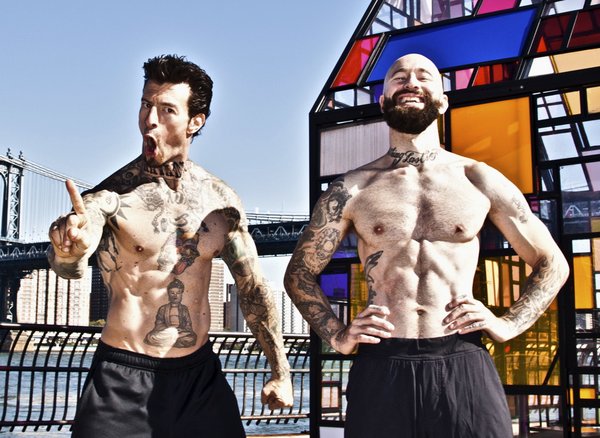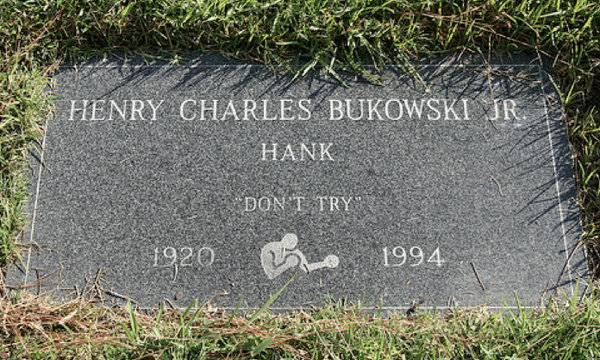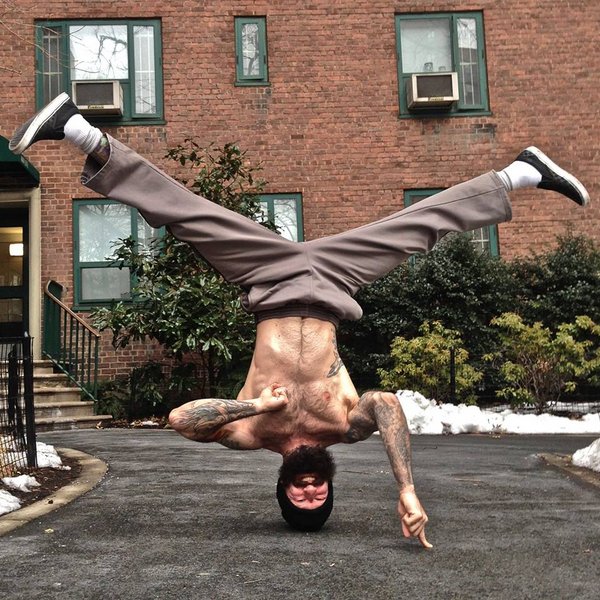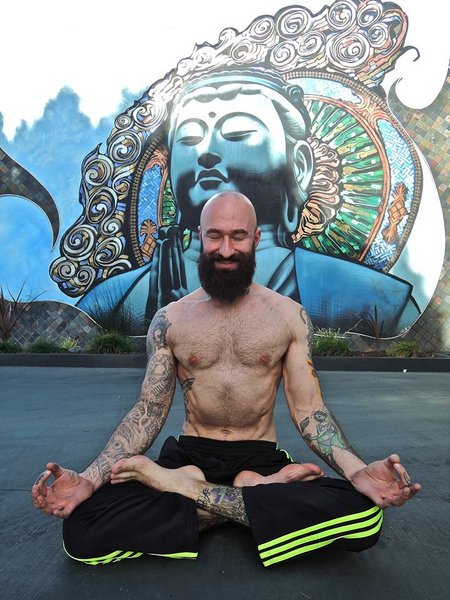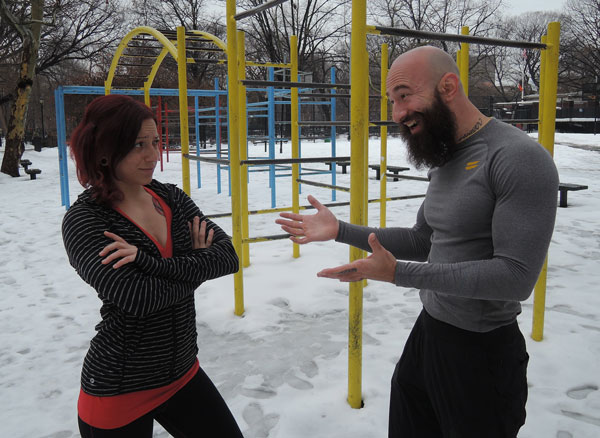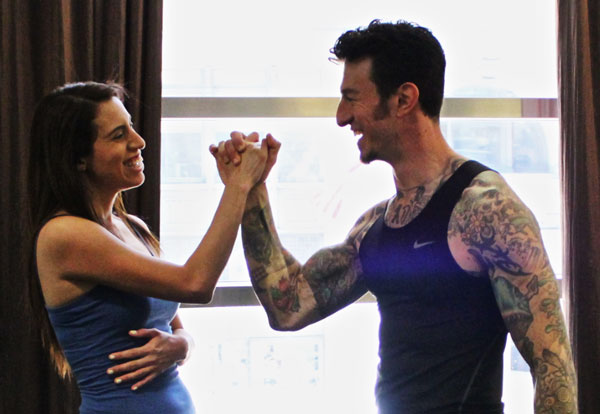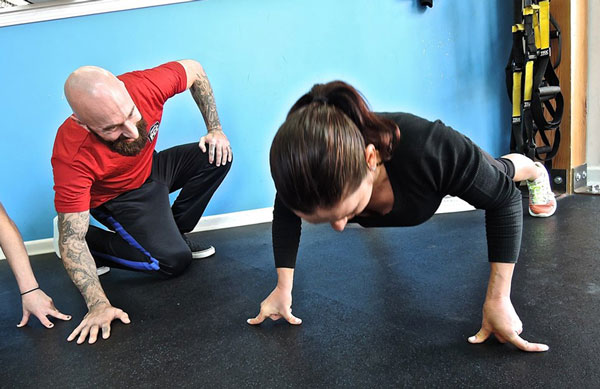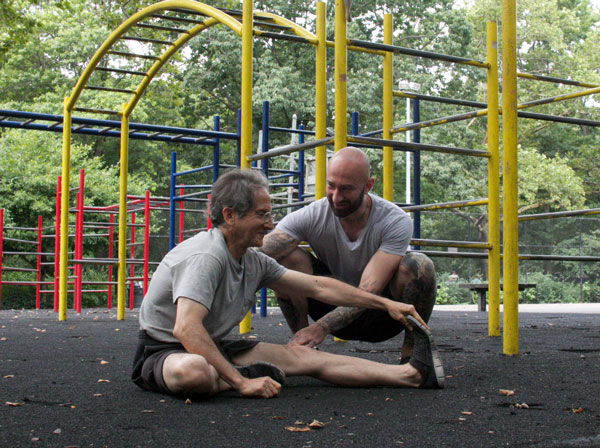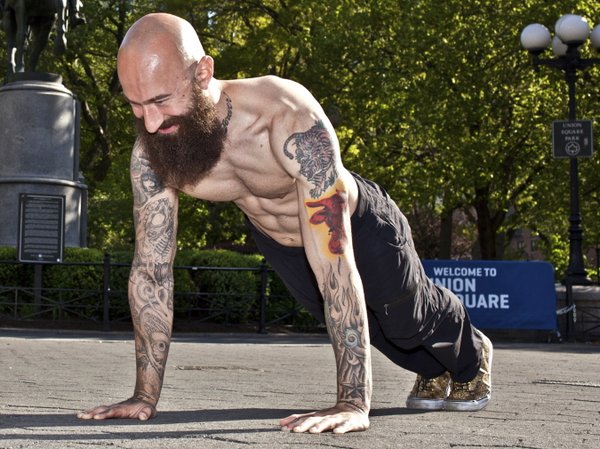
There’s a famous Zen parable that says, “If you want to be a monk, you’ve got to cook a lot of rice.” In other words, you can’t get to the destination without doing the work.
Well if you want to be a PCC, you’ve got to do a lot of push-ups. If you’re into calisthenics, chances are you’re no stranger to this classic exercise, but have you ever attempted 100 of them in a single session?
This 100 Push-Up Program consists of doing just that, no matter how many sets it takes. Even if it means you are doing sets of just one rep by the end. For example, you might start out with a set of 20, followed by two sets of 15, then do a couple sets of 10, before finishing with several sets of just 5 reps or less. You are allowed as long of a break in between sets as you need. Focus on keeping your form clean and avoid going to failure.
Completing all 100 reps could take a while at first, but with repeated efforts the amount of sets required to reach that target should start to decrease. Eventually you might even complete all 100 reps in a single unbroken set. Just be careful not to sacrifice good form to get there.
Furthermore, if you feel that standard push-ups are not challenging enough, choose a more difficult variation. Fingertip push-ups, close push-ups or archer push-ups are all viable options. Conversely, you can adjust this workout for a beginner by using knee push-ups or push-ups with the hands elevated.
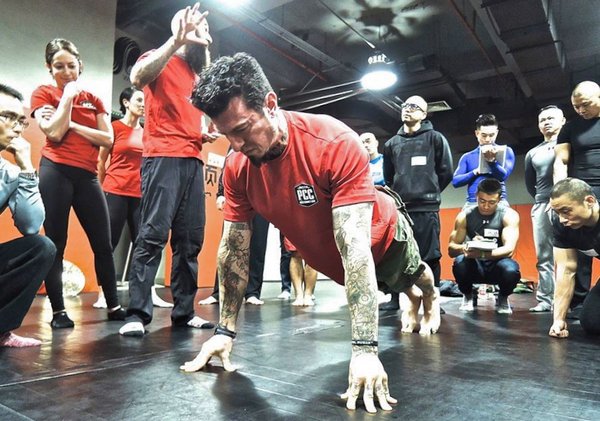
Here are a few more things to keep in mind:
– A full push-up requires a minimum of 90 degrees of flexion along the outside of the elbow at the bottom of the rep, and a full extension of the arms at the top.
– Make sure you maintain a straight line from your heels to the back of your head throughout the entire range of motion.
– Keep your elbows relatively close to your body; do not flare them out to the sides.
– Your shoulder-blades should come together at the bottom of your push-up, but make sure to spread them apart at the top to get the most from each rep.
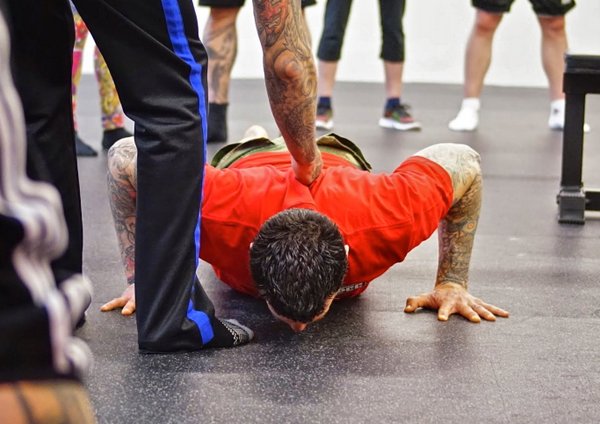
Don’t feel constrained to using this training tactic with push-ups only. This simple program is a fantastic way to increase your strength and endurance on any basic calisthenics exercise: squats, pull-ups, dips, etc. are all fair game. Advanced trainees can even use this template for more difficult exercises like muscle-ups and pistol squats.
At first I would recommend only doing this once a week per body part, as it can be a bit of a shock to your system. Eventually, however, you can condition yourself to doing this type of thing regularly. When 100 is no longer a challenging number, pick a harder exercise or raise the total reps to 200 or more. Additionally, if 100 reps is just not realistic for you right now, then pick a smaller number (maybe 50?) and build up from there.
Programming your workout does not have to be complicated. No matter your fitness level, this infinitely scalable template is a great way to increase strength and endurance on any movement. Just remember, you have to train consistently to get results. You don’t become a monk without making a lot of rice.
***
Al Kavadlo is the lead instructor for Dragon Door’s Progressive Calisthenics Certification. Recognized worldwide for his amazing bodyweight feats of strength as well as his unique coaching style, Al is the author of five books, including Raising The Bar: The Definitive Guide to Pull-up Bar Calisthenics and Pushing The Limits! Total Body Strength With No Equipment. Read more about Al on his website:www.AlKavadlo.com.
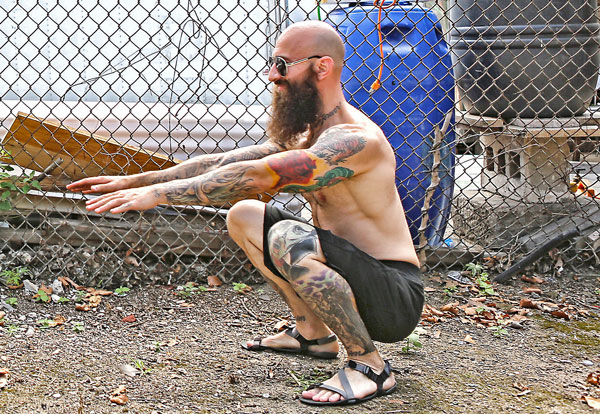

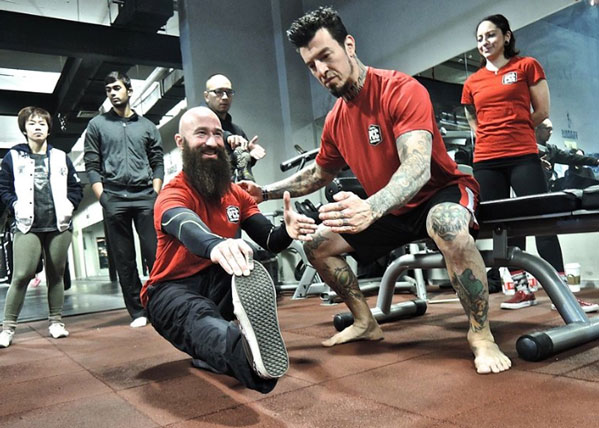

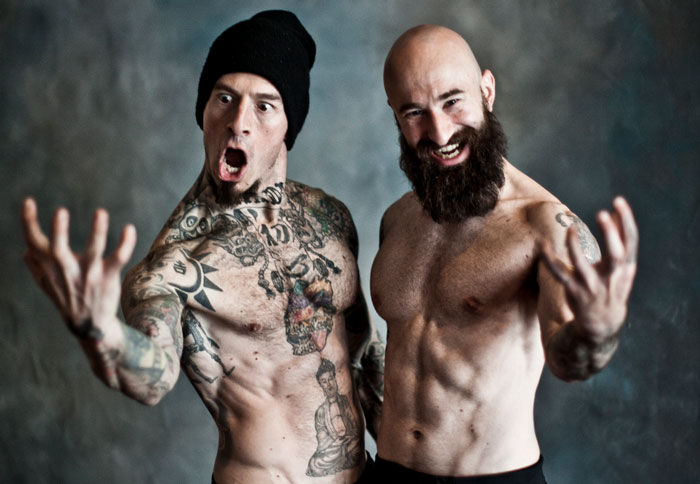
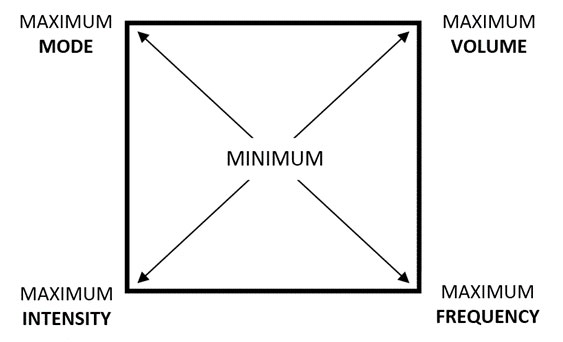
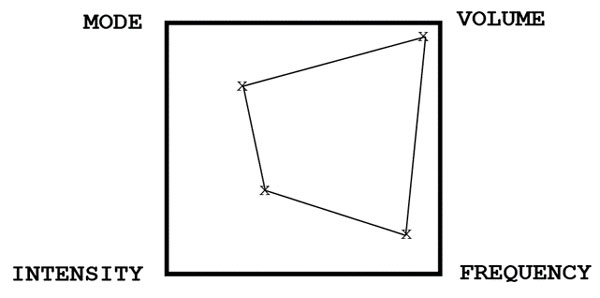
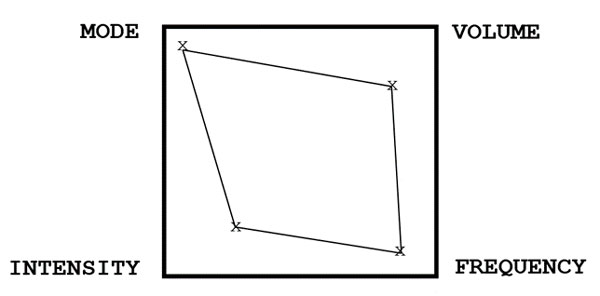

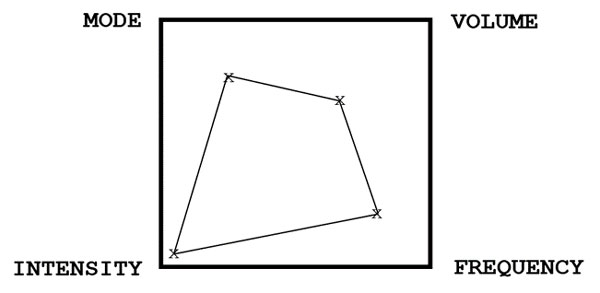
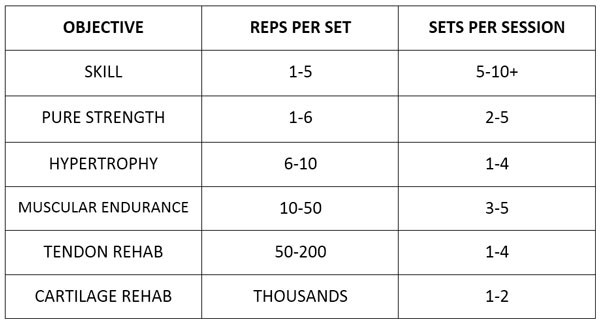
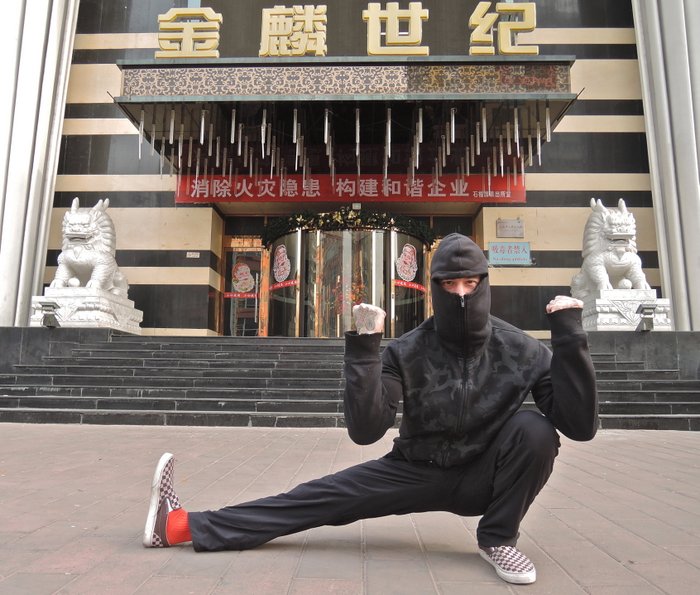
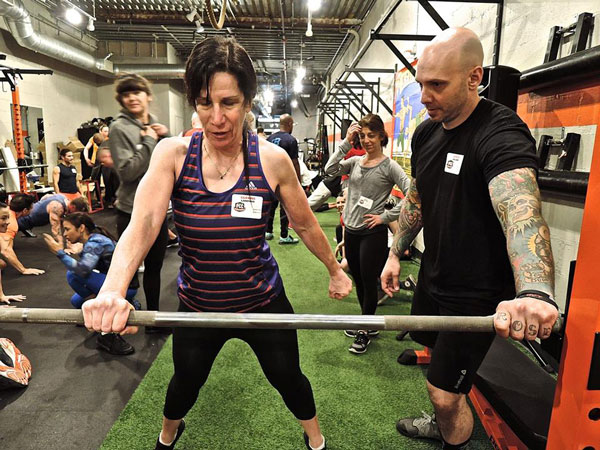
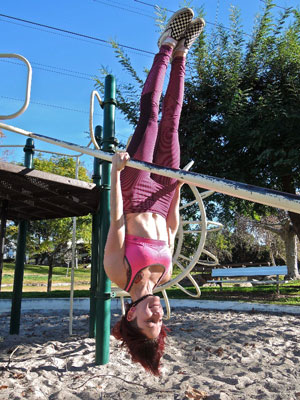
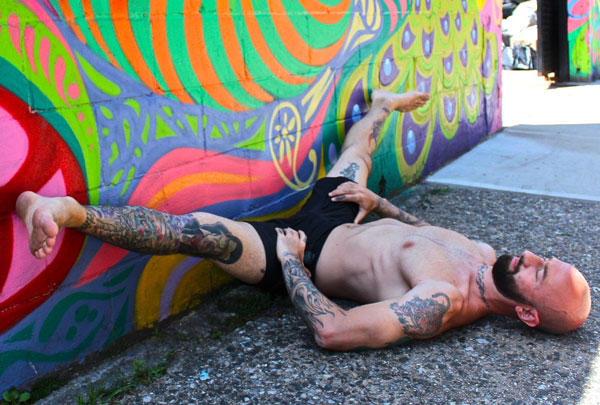
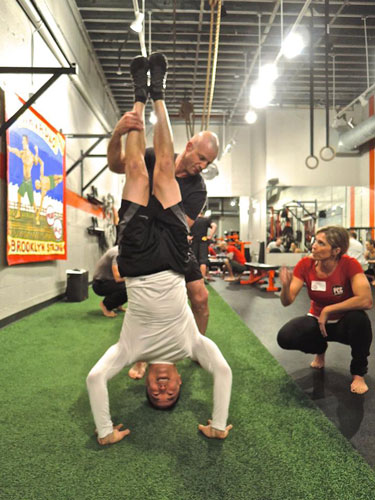
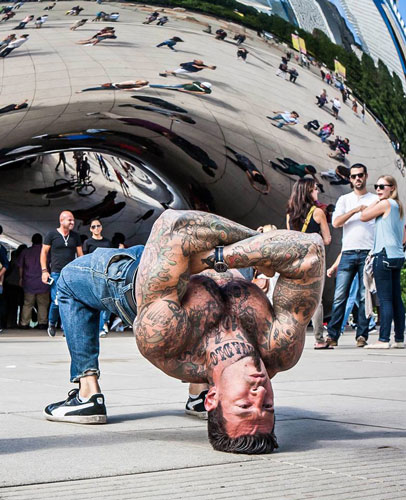
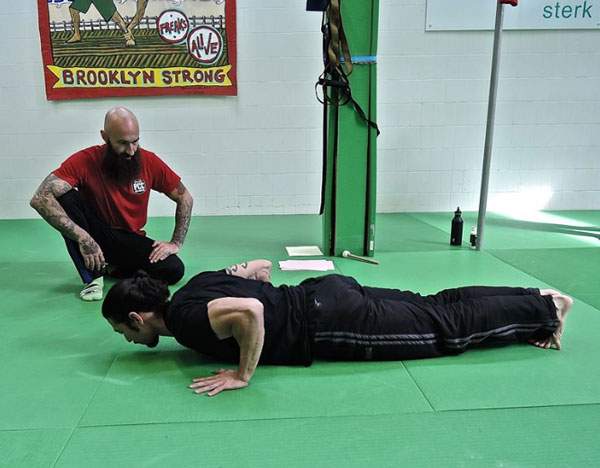
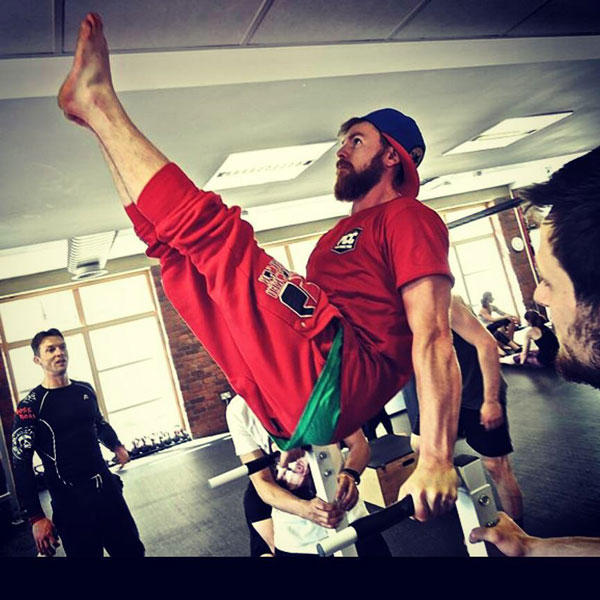
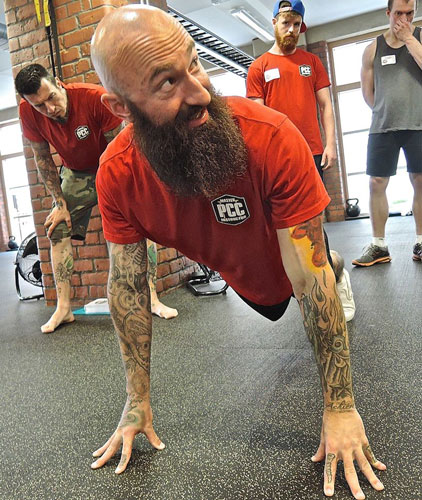
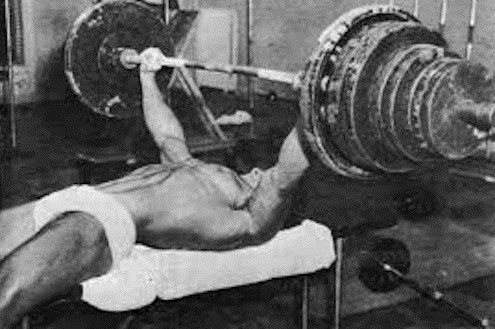
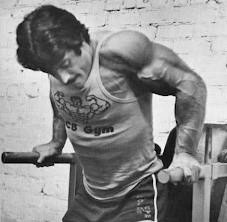 The king of High Intensity Training was Mike Mentzer. He shocked the training world with his one-set-to-failure philosophy, and he practiced what he preached. It was hard to argue with those results, either: back in ‘78 he was the first ever bodybuilder to win the Mr Universe with a perfect score. Many in the know also thought he was the winner of the highly controversial 1980 Mr Olympia, which was actually taken by a well out-of-shape Arnold S., who entered as a last minute contestant.
The king of High Intensity Training was Mike Mentzer. He shocked the training world with his one-set-to-failure philosophy, and he practiced what he preached. It was hard to argue with those results, either: back in ‘78 he was the first ever bodybuilder to win the Mr Universe with a perfect score. Many in the know also thought he was the winner of the highly controversial 1980 Mr Olympia, which was actually taken by a well out-of-shape Arnold S., who entered as a last minute contestant.